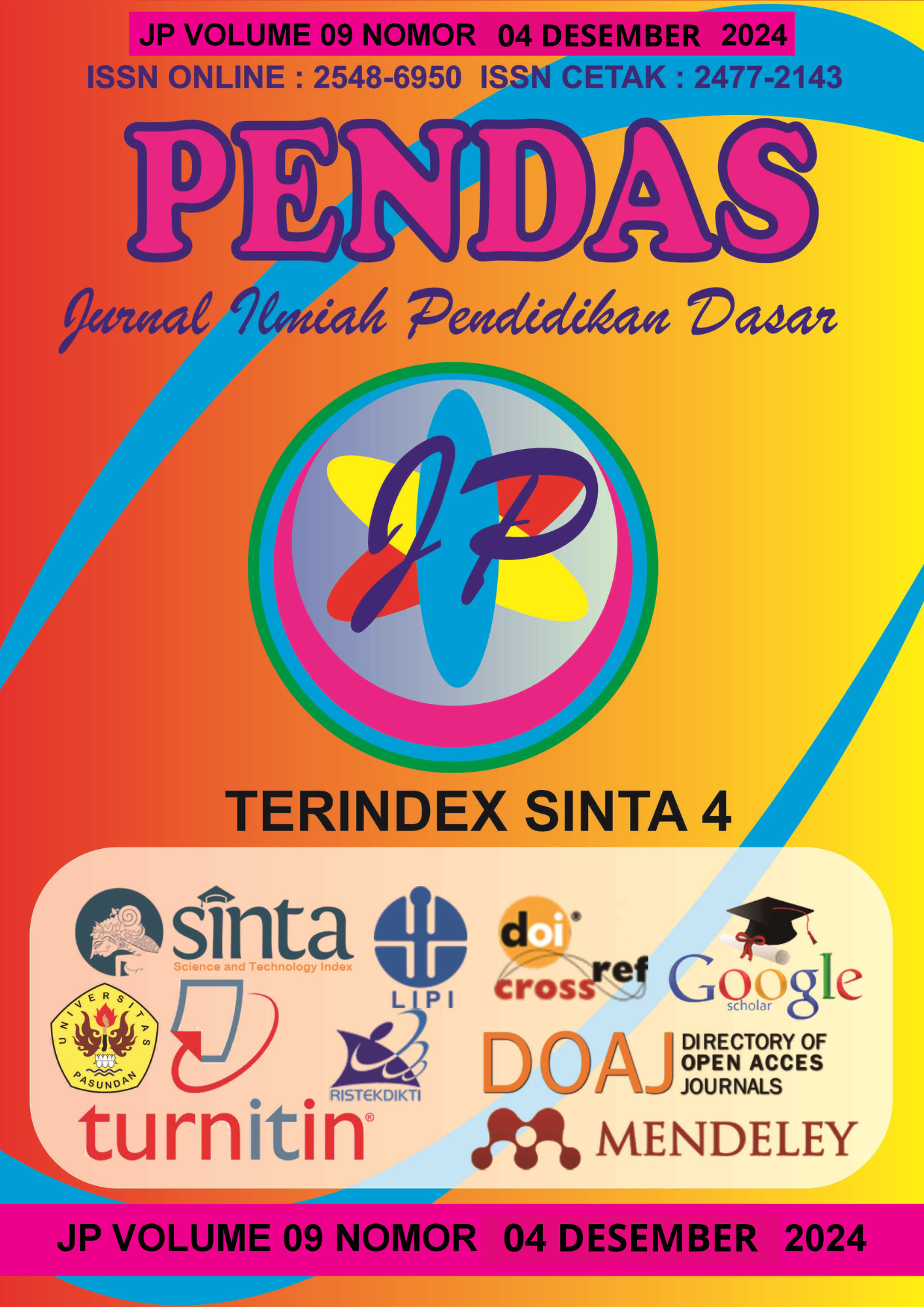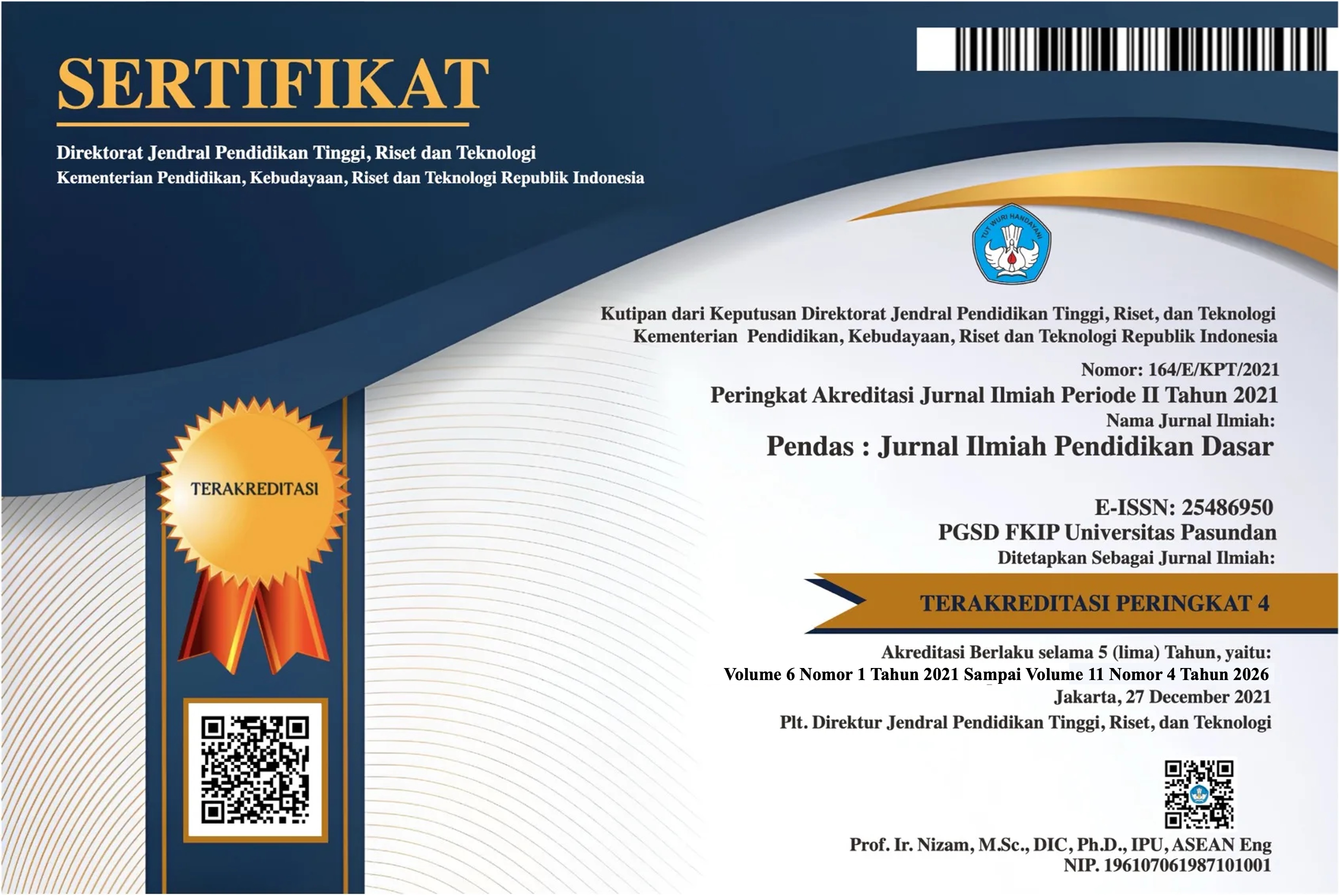ANALISIS GAYA KEPEMIMPINAN KLASIK DAN SITUASIONAL
DOI:
https://doi.org/10.23969/jp.v9i04.21256Keywords:
Leadership Styles, Classical Leadership, Situational LeadershipAbstract
Leadership is a key element in organizational success. Various approaches have been developed to understand the role of leaders in influencing individual and group behavior. Among the most common approaches are classical and situational leadership styles, which reflect two different perspectives on how leaders can achieve optimal effectiveness in various situations. The purpose of this analysis is to analyze the differences between classical and situational leadership styles in various organizational contexts. This study uses a qualitative approach by conducting a review of various literature and references related to classical and situational leadership styles. The results of the analysis show that classical and situational leadership styles offer different approaches to leading an organization. Classical leadership tends to prioritize tight control, hierarchical structure, and clear commands, while situational leadership offers greater flexibility by adjusting the leadership style based on the conditions and needs of subordinates.
Downloads
References
Asbari, M., Purwanto, A., & Novitasari, D. (2022). Kepuasan Kerja Guru: Di antara Kepemimpinan Transformasional dan Transaksional. Jurnal Pendidikan Transformatif, 1(1), 7–12.
Fadlillah, M. (2017). Aliran Progresivisme Dalam Pendidikan Di Indonesia. Jurnal Dimensi Pendidikan Dan Pembelajaran, 5(1), 17–24. https://doi.org/10.24269/dpp.v5i1.322
Ghufron. (2020). Teori-teori Kepimpinan. FENOMENA, Vol. 19 No. 1 April 2020, 19(1), 73–79.
Hersey, P., & Blanchard, K. H. (1988). Management of Organizational Behavior: Utilizing Human Resources (5th ed., p. 171). New Jersey: Prentice Hall.
Luthans, F. (2011). Organizational Behavior (12th ed., p. 420). McGraw-Hill Education.
Negeri, S., Swasta, D. A. N., & Jawa, D. I. (n.d.). Implementasi teori manajemen dan kesejahteraan sumber daya manusia menurut drs. h. malayu s.p. hasibuan pada sekolah negeri dan swasta di jawa barat. 6681(7).
Northouse, P. G. (2021). Leadership: Theory and Practice (9th ed., p. 95). Sage Publications.
Robbins, S. P., & Judge, T. A. (2017). Organizational Behavior (17th ed., p. 425). Pearson Education.
Robbins, S. P., & Coulter, M. (2016). Management (13th ed., p. 410). Pearson Education.
Terry, G. R. (1972). Principles of Management (p. 458). Richard D. Irwin.
Yukl, G. (2013). Leadership in Organizations (8th ed., p. 215). Pearson Education.
Downloads
Published
Issue
Section
License
Copyright (c) 2025 Pendas : Jurnal Ilmiah Pendidikan Dasar

This work is licensed under a Creative Commons Attribution 4.0 International License.



















